Indoor air quality plays a crucial role in our overall health, yet many homeowners unknowingly expose themselves to pollutants that can lead to respiratory issues, allergies, and other health problems. From everyday household items to hidden contaminants, numerous factors can degrade the air inside your home. While some of these dangers are obvious, others are less noticeable but just as harmful. Here are 12 hidden dangers inside your home that could be negatively impacting your air quality.
1. Dust and Dust Mites
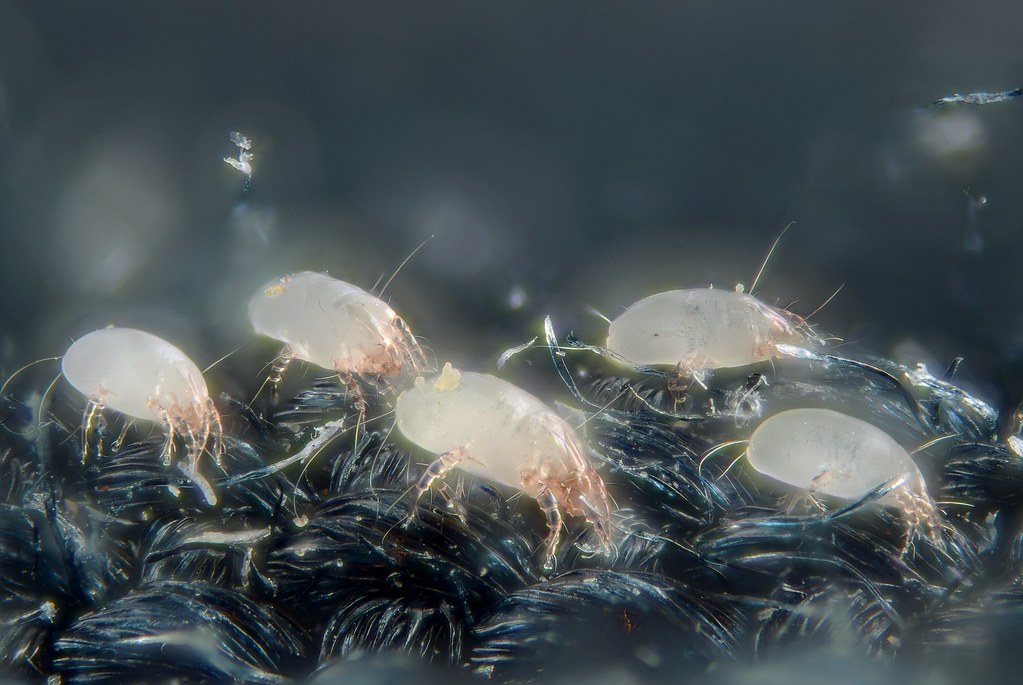
Dust accumulates on surfaces, in carpets, and inside air vents, carrying microscopic particles that can trigger allergies and respiratory issues. Within this dust, dust mites thrive, feeding on dead skin cells and producing waste that can exacerbate asthma symptoms. Regularly dusting, vacuuming with a HEPA filter, and washing bedding in hot water can help keep these tiny irritants under control.
Many people overlook areas where dust collects the most, such as ceiling fans, window blinds, and behind furniture. These neglected spots allow dust mites to breed, worsening indoor air quality over time. Using an air purifier and reducing clutter can also minimize dust accumulation and improve overall air cleanliness.
2. Mold and Mildew
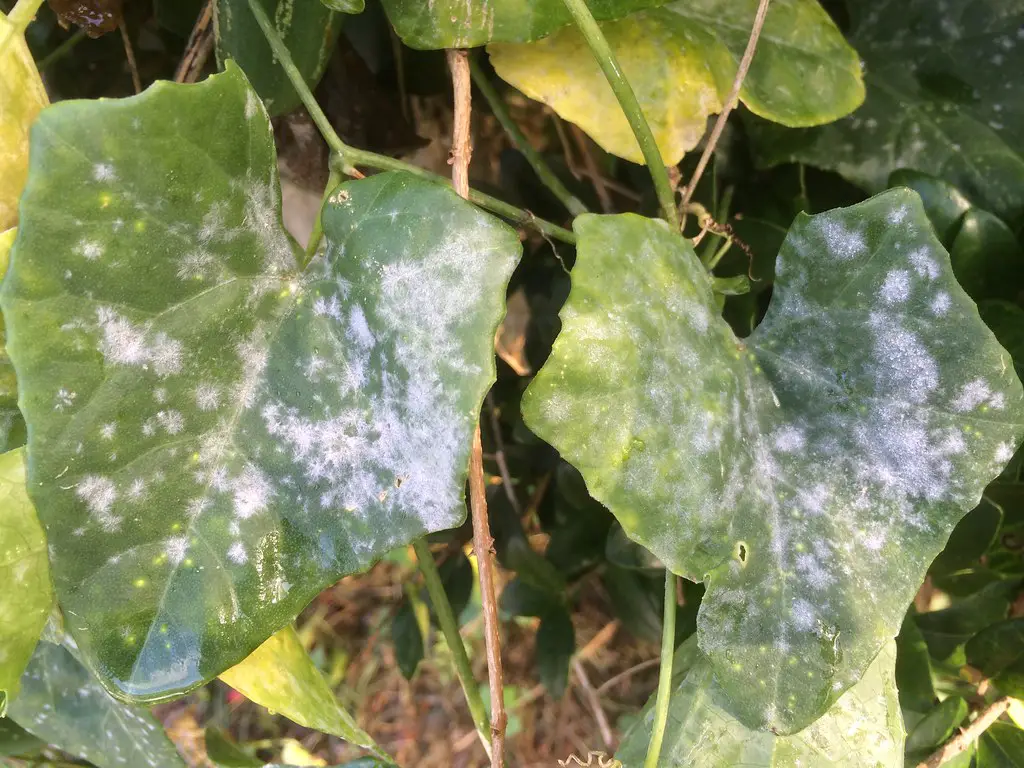
Mold and mildew thrive in damp environments such as bathrooms, basements, and kitchens, releasing spores into the air that can cause allergic reactions and respiratory distress. Even if mold isn’t visible, it can grow behind walls, under carpets, and inside HVAC systems, silently polluting the air you breathe. Identifying and eliminating moisture sources is key to preventing mold growth.
Regularly inspecting plumbing for leaks, using dehumidifiers, and ensuring proper ventilation in high-humidity areas can help keep mold at bay. Cleaning surfaces with mold-killing solutions like vinegar or hydrogen peroxide can prevent spores from spreading. If mold growth becomes extensive, professional remediation may be necessary to restore air quality.
3. Volatile Organic Compounds (VOCs)
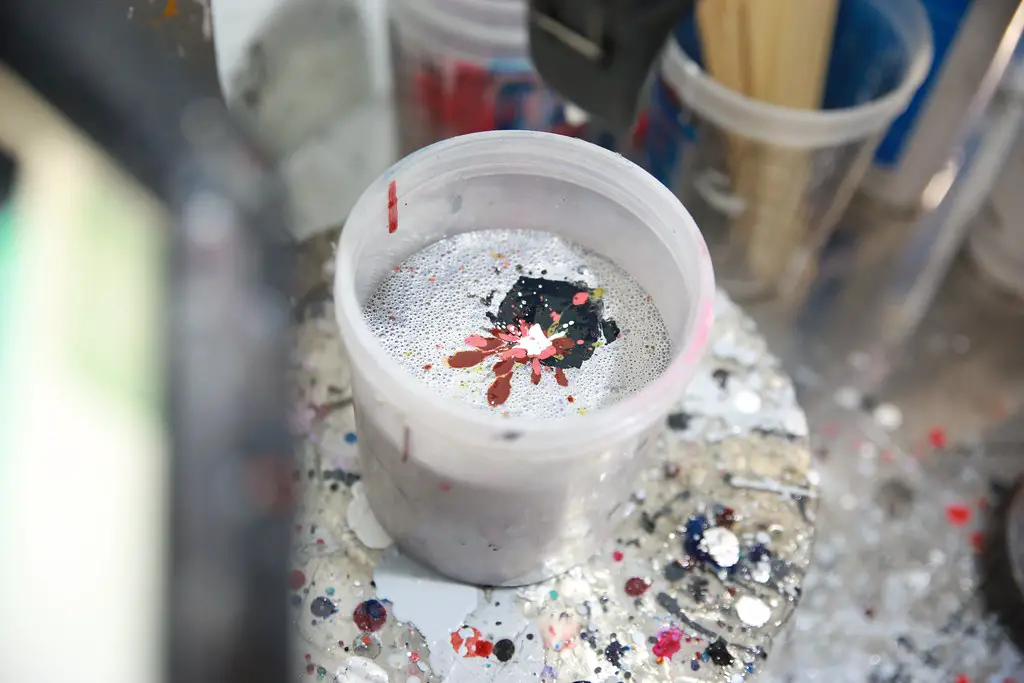
VOCs are emitted from many household products, including paint, cleaning supplies, air fresheners, and furniture. These chemicals can cause headaches, dizziness, and long-term respiratory issues when inhaled over time. Since they are often odorless, many homeowners are unaware of their presence.
To minimize VOC exposure, opt for natural or low-VOC alternatives when purchasing cleaning products and paints. Ensuring proper ventilation while using these items can also help reduce their impact on indoor air quality. Additionally, allowing new furniture and carpets to off-gas outside or in a well-ventilated room before bringing them indoors can limit VOC buildup.
4. Pet Dander and Hair

Pets bring joy and companionship, but they also contribute to poor air quality through dander, fur, and saliva. Pet dander consists of tiny skin flakes that become airborne and trigger allergies or asthma symptoms in sensitive individuals. Even if you don’t notice it, dander can settle into carpets, furniture, and air ducts, leading to prolonged exposure.
Frequent grooming, regular vacuuming with a HEPA-filter vacuum, and using air purifiers can help reduce pet-related allergens in your home. Washing pet bedding and keeping certain areas pet-free, such as bedrooms, can also limit dander buildup. If allergies persist, consulting an allergist about potential solutions, such as HEPA air filters or medication, may be beneficial.
5. Gas Stoves and Carbon Monoxide

Gas stoves release nitrogen dioxide, carbon monoxide, and other harmful pollutants that can lower indoor air quality. Without proper ventilation, these gases accumulate in the home, increasing the risk of respiratory issues and even carbon monoxide poisoning. Even when turned off, gas leaks can contribute to long-term exposure to harmful chemicals.
Using an exhaust fan or opening windows while cooking can help reduce gas emissions. Regular maintenance checks on gas appliances can also ensure they are functioning properly and not leaking harmful fumes. Installing carbon monoxide detectors throughout your home provides an additional layer of protection against this silent threat.
6. Indoor Pesticides
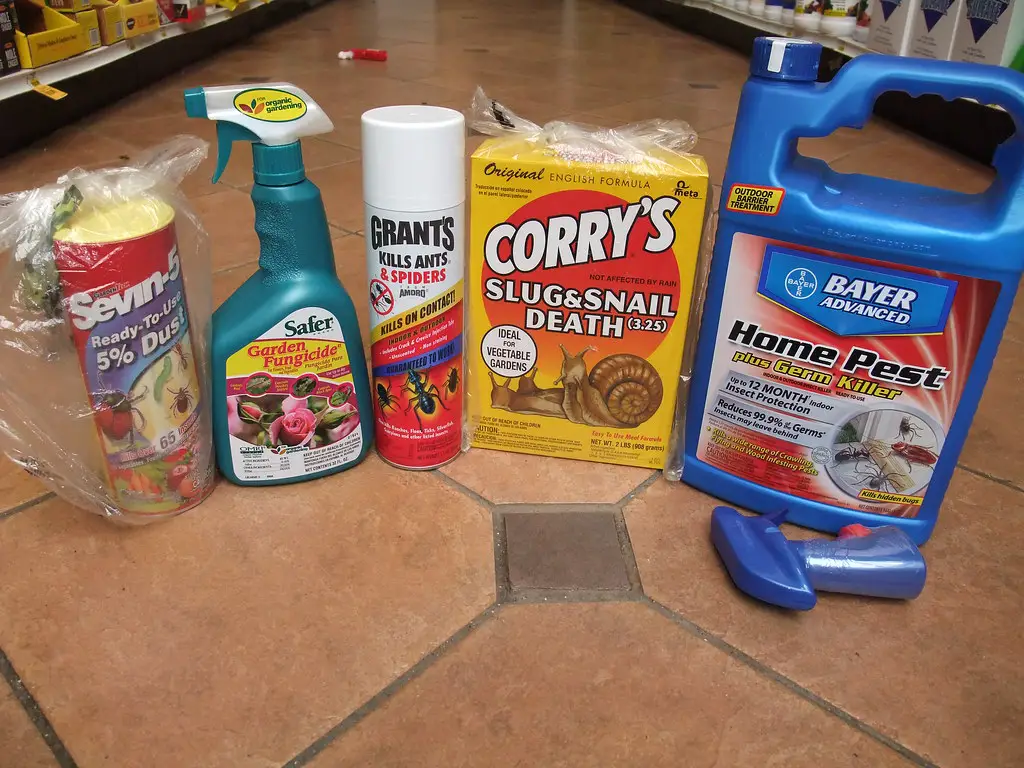
Many homeowners use pesticides to control insects and rodents, but these chemicals can linger in the air and settle on surfaces. Prolonged exposure to pesticide residues can lead to respiratory problems, skin irritation, and even neurological issues. Children and pets are especially vulnerable since they frequently come into contact with floors and furniture where pesticides accumulate.
To reduce pesticide exposure, consider using natural alternatives such as diatomaceous earth, essential oils, or traps instead of chemical sprays. If pesticides must be used, ensure proper ventilation and follow label instructions carefully. Washing hands after handling pesticides and keeping treated areas off-limits for a few hours can also minimize risk.
7. Scented Candles and Air Fresheners
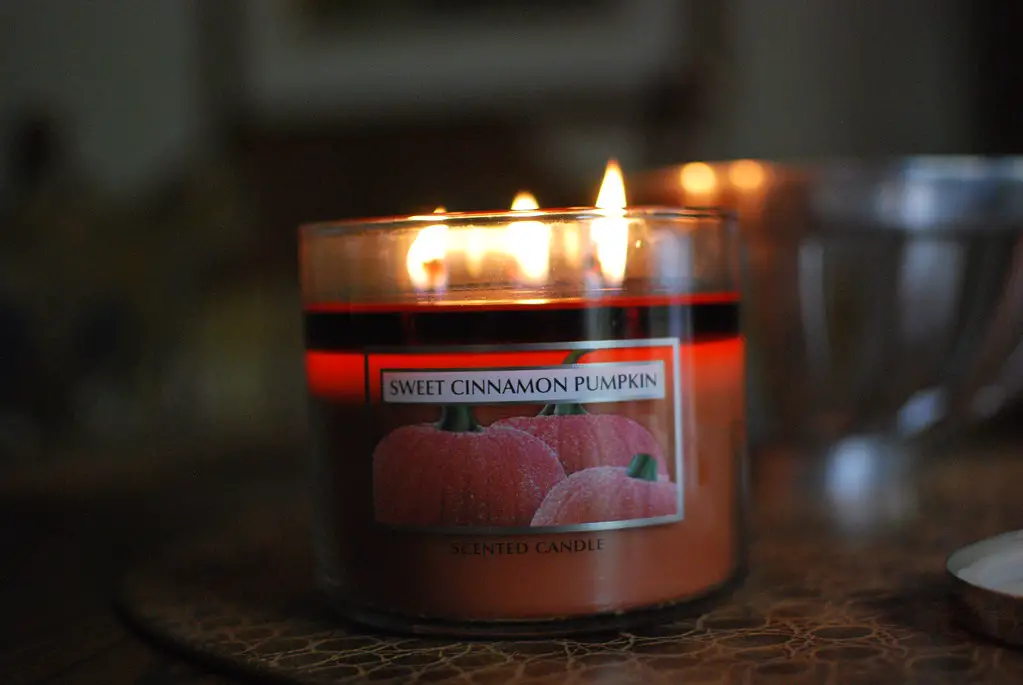
While scented candles and air fresheners create a pleasant-smelling home, they often contain artificial fragrances and harmful chemicals that can contribute to indoor air pollution. Many of these products release VOCs and particulate matter that can irritate the respiratory system. Some candles, particularly those made with paraffin wax, produce soot that can coat walls and furniture over time.
Switching to soy or beeswax candles with natural essential oils can provide a safer alternative. Using homemade air fresheners made from baking soda and essential oils can also help freshen up a space without releasing harmful chemicals. Ensuring good airflow by opening windows or using an air purifier can further improve air quality.
8. Household Cleaning Products
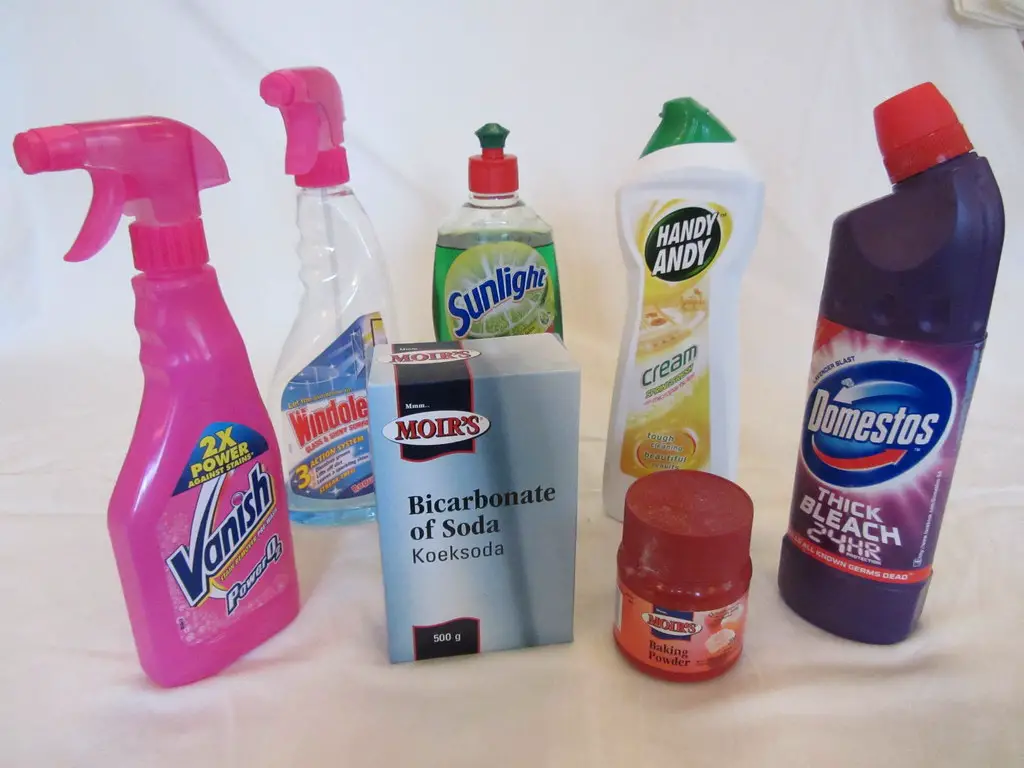
Many conventional cleaning products contain harsh chemicals such as ammonia, bleach, and formaldehyde, which can release toxic fumes into the air. These chemicals can cause respiratory irritation, skin allergies, and even long-term health effects with repeated exposure. Mixing certain products, like bleach and ammonia, can create dangerous gases that pose an immediate health risk.
Opting for natural cleaning solutions such as vinegar, baking soda, and hydrogen peroxide can reduce indoor air pollution. Choosing fragrance-free or plant-based cleaning products can also limit exposure to unnecessary chemicals. Always ensure proper ventilation when using cleaning sprays and store chemicals safely to prevent accidental spills.
9. Old Carpets and Rugs

Carpets and rugs trap dust, dirt, pet dander, and allergens, releasing them into the air every time they are disturbed. Older carpets can also contain chemicals from manufacturing processes, such as flame retardants and adhesives, which continue to off-gas over time. Even frequent vacuuming may not fully remove deeply embedded contaminants.
Replacing old carpets with hardwood, tile, or low-pile rugs can significantly improve air quality. Using a HEPA vacuum and steam-cleaning carpets regularly can help remove trapped pollutants. If replacing carpets isn’t an option, keeping them as clean as possible and using area rugs that can be easily washed may help reduce allergens.
10. Poor Ventilation
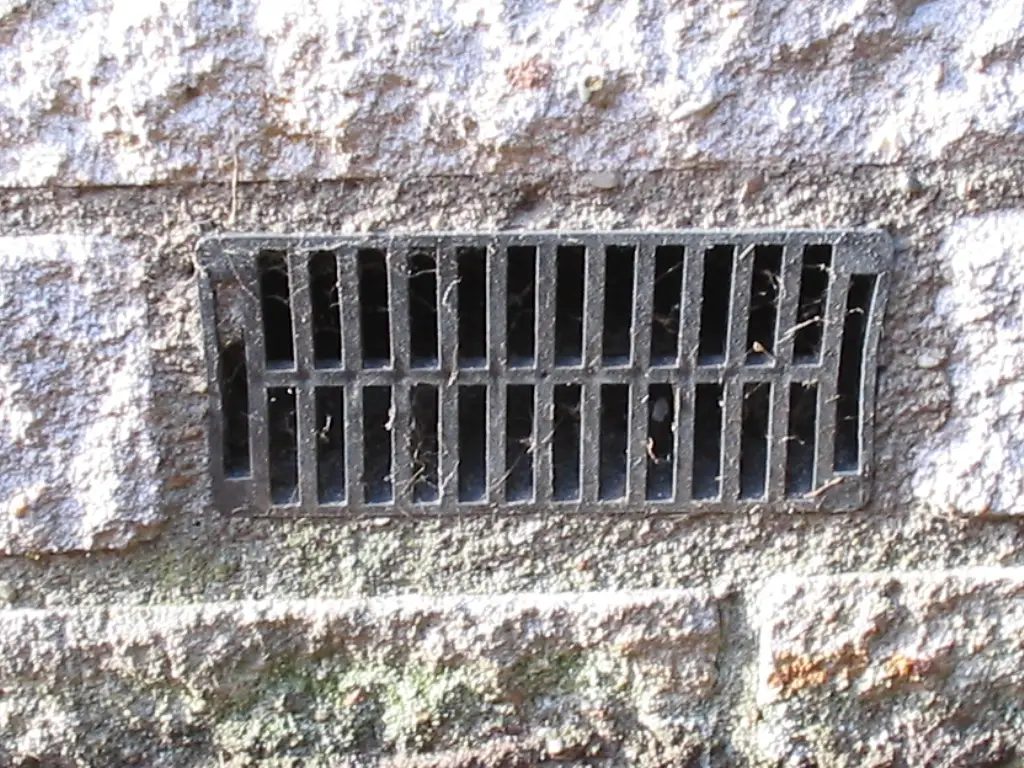
Homes that are tightly sealed for energy efficiency can trap indoor pollutants, leading to stagnant air that worsens respiratory health. Without proper ventilation, contaminants such as carbon dioxide, cooking fumes, and VOCs remain trapped indoors, reducing overall air quality. This is especially problematic in homes with inadequate HVAC systems or sealed-off rooms.
Opening windows regularly, using exhaust fans in kitchens and bathrooms, and maintaining HVAC filters can help improve airflow. Installing a whole-house ventilation system or using portable air purifiers with HEPA filters can further reduce airborne pollutants. Regularly replacing air filters in heating and cooling systems ensures cleaner air circulation throughout the home.
11. Humidifiers and Air Conditioners

While humidifiers and air conditioners help regulate indoor climate, they can become breeding grounds for mold and bacteria if not properly maintained. Standing water in these devices can harbor harmful microbes that get released into the air when they operate. Dirty air filters in AC units can also spread dust and allergens throughout the home.
Regularly cleaning humidifiers and changing air filters can prevent bacterial growth and improve air quality. Using distilled water in humidifiers can reduce mineral buildup and prevent mold formation. Keeping humidity levels between 30-50% helps discourage mold and dust mites while maintaining comfortable indoor conditions.
12. Tobacco Smoke and Secondhand Smoke

Even if no one in the household smokes indoors, lingering tobacco residues, known as thirdhand smoke, can stick to walls, furniture, and clothing. These residues continue to release harmful chemicals into the air long after smoking has stopped. Secondhand smoke exposure can lead to respiratory problems, heart disease, and increased cancer risk.
Eliminating indoor smoking and creating designated outdoor smoking areas can drastically improve indoor air quality. Regular deep cleaning of carpets, furniture, and walls can help remove smoke residues. Air purifiers with activated carbon filters can also help absorb lingering tobacco pollutants from the air.
